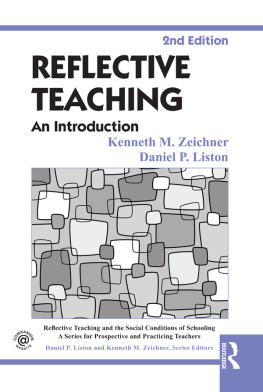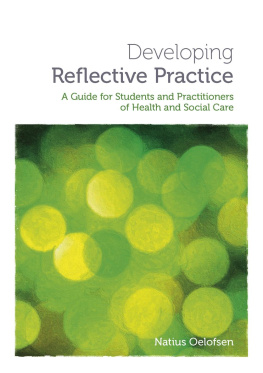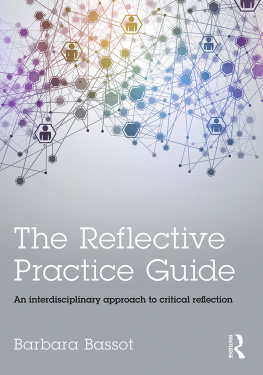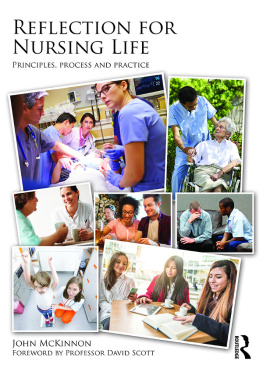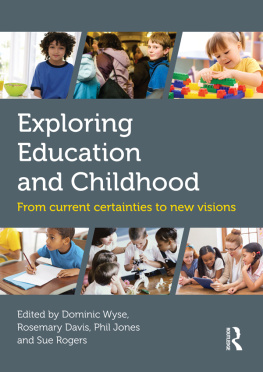Kenneth M. Zeichner - Reflective Teaching: An Introduction
Here you can read online Kenneth M. Zeichner - Reflective Teaching: An Introduction full text of the book (entire story) in english for free. Download pdf and epub, get meaning, cover and reviews about this ebook. year: 2013, publisher: Routledge, genre: Religion. Description of the work, (preface) as well as reviews are available. Best literature library LitArk.com created for fans of good reading and offers a wide selection of genres:
Romance novel
Science fiction
Adventure
Detective
Science
History
Home and family
Prose
Art
Politics
Computer
Non-fiction
Religion
Business
Children
Humor
Choose a favorite category and find really read worthwhile books. Enjoy immersion in the world of imagination, feel the emotions of the characters or learn something new for yourself, make an fascinating discovery.
- Book:Reflective Teaching: An Introduction
- Author:
- Publisher:Routledge
- Genre:
- Year:2013
- Rating:4 / 5
- Favourites:Add to favourites
- Your mark:
Reflective Teaching: An Introduction: summary, description and annotation
We offer to read an annotation, description, summary or preface (depends on what the author of the book "Reflective Teaching: An Introduction" wrote himself). If you haven't found the necessary information about the book — write in the comments, we will try to find it.
This popular text provides a clear, succinct explanation of how reflection is integral to teachers understandings of themselves, their practice, and their context, and elaborates how various conceptions of reflective teaching differ from one another. The emphasis on the importance of both self and context is embedded within distinct and varied educational traditions (conservative, progressive, radical, and spiritual). Readers are encouraged to examine their own assumptions and understandings of teaching, learning, and schooling and to reflect on self and context. The major goal of both this book, and of all of the volumes in the Reflective Teaching and the Social Conditions of Schooling series, is to help teachers explore and define their own positions with regard to key topics and issues related to the aims of education in a democratic society. Its core message is that such reflection is essential to becoming more skilled, more capable, and in general better teachers.
Kenneth M. Zeichner: author's other books
Who wrote Reflective Teaching: An Introduction? Find out the surname, the name of the author of the book and a list of all author's works by series.

